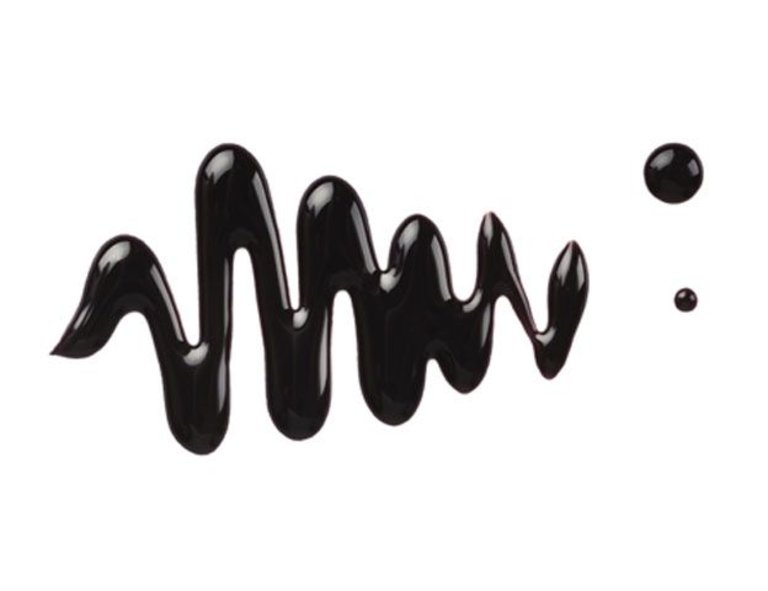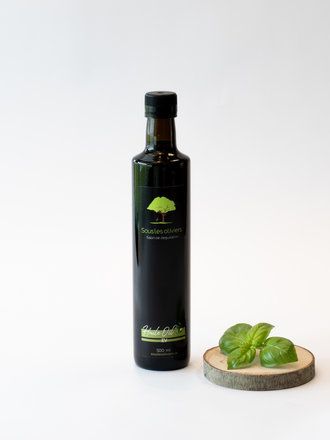



Login
Log in if you have an account
Register
Having an account with us will allow you to check out faster in the future, store multiple addresses, view and track your orders in your account, and more.
Create an accountModena, Italy • 10 cal (per 15 ml) • Carbs 2 g
________________________________________________
An authentic, premium artisan product that comes from centuries old recipes, the vinegar is aged in small barrels using classique methods, with strict controls. First ingredient : Grape Must. When fully matured, the balance between flavor and aroma is perfection.
Great for
cheese, sautéd vegetables, salads, desserts.
About
Modena is an amazing city in the heart of Italy’s Emilia Romagna region between Parma and Bologna. Like most of the Emilia-Romagna provinces, the area where Modena now stands was part of the ancient pre-Roman Etruscan civilization’s territory, before Rome took over. The inner city is a perfectly preserved medieval town with cobblestone streets and one of Italy’s most striking cathedrals. The Duomo of Modena, a 12th-Century cathedral dedicated to St. Germain, is a UNESCO World Heritage Site due to its impressive Gothic architecture. Modena’s balsamic vinegar is of ancient descent. Recorded in the royal archives of Emperor Henry II as early as 1046, when gifted to Countess Matilde of Canossa. At that time balsamic vinegar was used as an elixir and the recipe was top secret, passed on from father to son. Since then, balsamic vinegar is recognized as a precious condiment with special therapeutic properties. Our supplier began their artisan vinegar company in 1889. Surrounded by rural farmlands and inspired by the Earth’s bounty, the company continues to run under the watchful eye of its 3rd generation. Prepared with ancient traditional methods, the process begins with careful selection of Lambrusco and Trebbiano grapes. These are ideal for the high sugar content that’s required for production. The juice that results from pressing the grapes is called “must”. It’s obtained from heating the aforementioned grapes in copper cauldrons, until the volume is reduced through evaporation to about 40% of the original weight. The liquid is then decanted into wooden barrels (chestnut, oak, juniper and cherry) and left to ferment, age and transform into vinegar. As time passes, part of the liquid evaporates, while another part is absorbed into the wood. This moment is called “rincalzo” and happens during the grape harvest period. The liquid is transferred into smaller barrels while the new “must” is added to “top off” the bigger barrels. And so the process continues.
Add your review
Review Signature Dark Balsamic Vinegar





